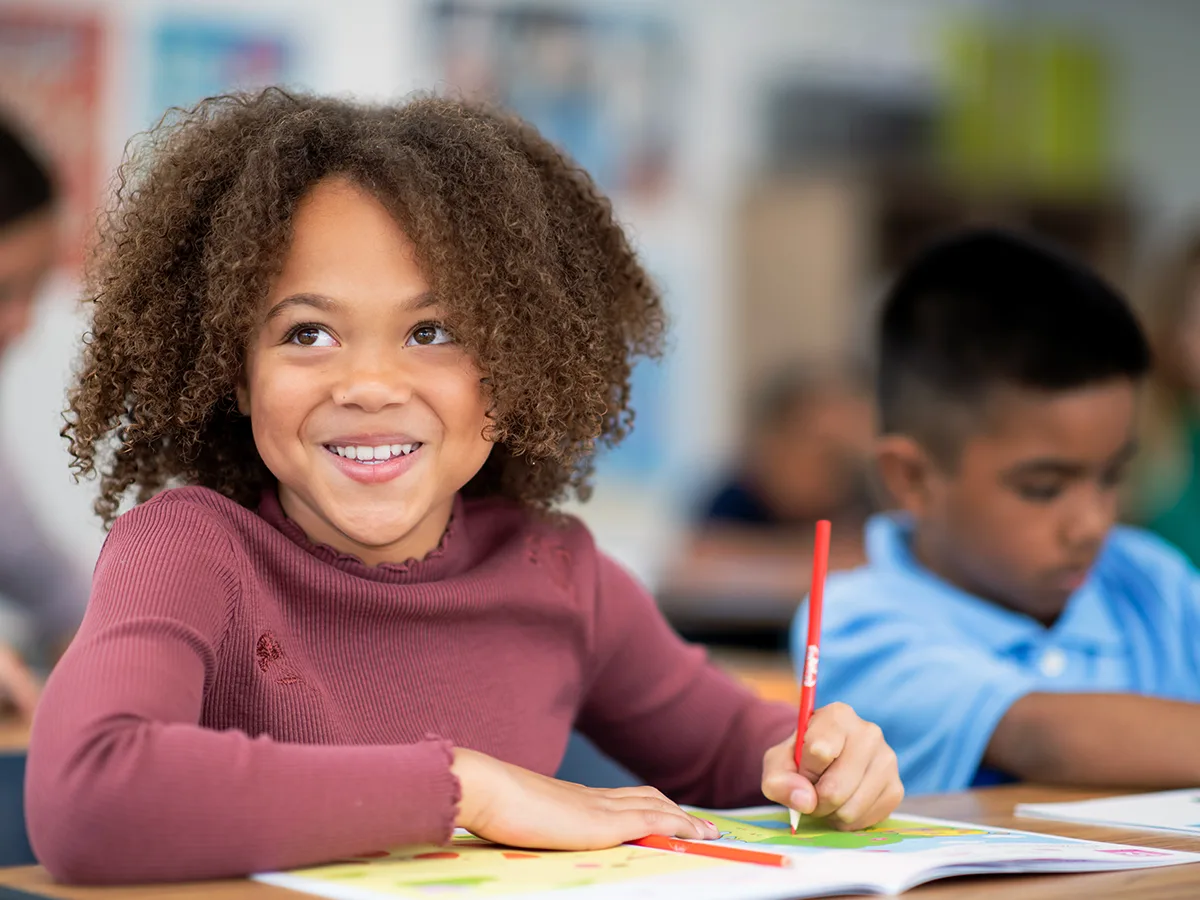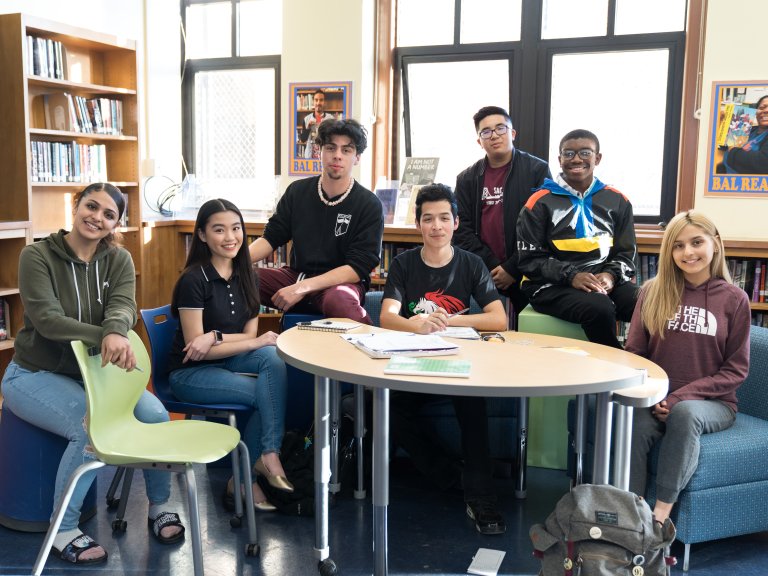Ingenious Solutions to Save Temecula Schools from Budget Cuts
Ingenious Solutions to Save Temecula Schools from Budget Cuts
Blog Article
The Impact of Institution Environments on Academic Success and Personal Health
The college atmosphere significantly influences both scholastic success and individual health, incorporating aspects such as physical design, class atmosphere, and interpersonal dynamics. The layout of instructional spaces, consisting of all-natural illumination and ergonomic furnishings, can boost trainees' concentration and convenience. Moreover, the high quality of teacher-student relationships and the nature of peer communications play pivotal duties in promoting an ambience helpful to finding out and emotional support. Recognizing how these numerous aspects interplay to form trainee outcomes elevates essential questions regarding optimizing academic settings for holistic growth. Just how can institutions purposefully improve these aspects to better sustain their trainees?
Physical Design and Design
Just how does the physical format and layout of an institution influence scholastic success? The plan and aesthetic of a school atmosphere can considerably influence students' discovering outcomes.
Natural lights and efficient air flow systems are essential in enhancing cognitive function and minimizing absence. Researches have actually shown that classrooms with ample all-natural light enhance pupil concentration and minimize sensations of drowsiness. Ergonomic furnishings customized to students' demands can protect against physical discomfort, enabling for extended focus and interaction in scholastic tasks.
Accessibility to exterior rooms and cosmetically pleasing environments likewise play an important duty - Save Temecula Schools. Eco-friendly spaces and properly maintained institution premises supply opportunities for exercise and mental leisure, both of which are very important for keeping high levels of scholastic performance. Fundamentally, an attentively developed physical atmosphere can offer as a catalyst for academic excellence, promoting an ambience that supports both teaching and understanding
Classroom Environment
An environment that fosters a sense of security, inclusivity, and mutual respect urges students to engage even more actively in their discovering processes. The setting of a class, consisting of elements such as illumination, sound degrees, and seating setups, can dramatically affect student focus and inspiration.
Additionally, the class atmosphere should support a culture of partnership and open communication. They are more likely to involve deeply with the material and establish crucial thinking abilities when pupils really feel comfortable expressing their concepts and asking questions. Peer communications and team activities can boost learning by promoting and supplying diverse viewpoints teamwork
Additionally, establishing constant regimens and clear assumptions can create an organized environment that allows students to concentrate on their studies. By decreasing uncertainty and providing a predictable framework, pupils can better handle their time and duties. Inevitably, a positive class environment not just enhances scholastic performance but likewise adds to the general health of students, preparing them for future academic and individual undertakings.
Teacher-Student Relationships
Structure on the importance of a favorable classroom environment, the relationships in between pupils and instructors play a pivotal duty fit scholastic success. A healthy and balanced teacher-student partnership cultivates a learning setting where pupils feel valued, recognized, and sustained, which substantially enhances their motivation and involvement. When students view their educators as empathetic and approachable, they are most likely to check this site out get involved proactively in class and look for assistance when needed, contributing to a deeper understanding of the subject issue.

This count on enables pupils Look At This to express their concepts and concerns easily, cultivating a collective discovering atmosphere. In essence, solid teacher-student connections are a cornerstone of instructional success, playing a critical role in both scholastic accomplishment and personal development.
Peer Interactions
Peer communications significantly influence academic success by shaping a trainee's social and cognitive development. Positive peer interactions can enhance a student's inspiration and interaction in scholastic tasks via collaborative understanding and common support.
Effective peer interactions also contribute to the development of important life abilities, such as dispute, teamwork, and interaction resolution. These social proficiencies are vital for both academic success and individual well-being, underscoring the significance of fostering favorable peer dynamics within the school environment.
After-school Activities
Involving in extracurricular activities plays a pivotal role in a student's academic success and personal development. These activities, varying from sports groups to debate clubs, supply students chances to develop useful skills such as management, time monitoring, and teamwork. Study regularly indicates that trainees who take part in extracurricular tasks often tend to accomplish greater academic efficiency. This correlation is commonly credited to the structured atmosphere and the self-control needed to stabilize both extracurricular and academic commitments.
Furthermore, extracurricular participation cultivates a feeling of belonging and area, which is essential for individual health. Taking part in group tasks permits trainees to develop and strengthen socials media, boosting their emotional and social knowledge. These interactions are critical for creating interpersonal skills that are valuable in both future and scholastic specialist settings.
In addition, extracurricular tasks supply a useful electrical outlet for students to discover their rate of interests and passions beyond the basic educational program. This exploration can lead to the discovery of brand-new talents and potential job paths, better motivating trainees to engage more deeply in their academic job. To conclude, the role of after-school activities extends beyond mere entertainment; they are essential to cultivating an all natural instructional experience that promotes both academic success and personal growth.
Conclusion
In sum, the impact of school environments on both scholastic success and individual wellness is profound. Thoughtfully designed physical layouts and classrooms, in addition to positive teacher-student partnerships and useful peer communications, substantially enhance trainee inspiration and engagement. The presence of helpful instructors can mitigate stress, fostering a supporting ambience helpful to all natural growth. These aspects jointly emphasize the relevance of producing and keeping optimum school settings for the advantage of check out here trainees' scholastic and personal development.
Ultimately, a favorable class environment not only improves scholastic efficiency but likewise contributes to the general wellness of pupils, preparing them for future instructional and personal undertakings.

Report this page